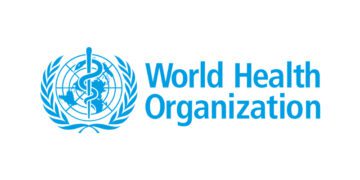Blitz Bureau
NEW DELHI: At least one person each second, or 42 million people annually worldwide is estimated to acquire a new genital herpes infection, according to new estimates by the World Health Organization on December 11.
It showed that about 846 million people or more than 1 in 5 people aged between 15 and 49 are living with genital herpes infections.
Herpes simplex virus (HSV), known as herpes, is a common infection that can cause painful blisters or ulcers. It primarily spreads by skin-to-skin contact. It is treatable but not curable. Usually, these infections cause no or few symptoms, in some cases they lead to painful genital sores and blisters that can recur throughout life, causing significant discomfort and often requiring multiple healthcare visits.
The estimates, published in the journal Sexually Transmitted Infections, showed that over 200 million people suffered at least one such symptomatic episode in 2020.
“While most people with a genital herpes infection experience few symptoms, with so many infections genital herpes still causes pain and distress for millions globally and strains already overburdened health systems,” said Dr Meg Doherty, Director of Global HIV, Hepatitis, and Sexually Transmitted Infections Programmes at WHO.
The alarming figures urge for new treatments and vaccines to reduce the adverse health effects of the herpes virus and control its spread. It will also help “reduce the transmission of HIV,” Doherty said.
HSV are of two types — HSV-1 and HSV-2 — both can lead to genital herpes.
As per estimates, 520 million people in 2020 had genital HSV-2, which is transmitted during sexual activity.
Genital HSV-2 is more serious and it is substantially more likely to cause recurrent outbreaks. It accounts for around 90 per cent of symptomatic episodes and is linked to a three-fold increased risk of getting HIV.
On the other hand, HSV-1 primarily spreads during childhood through saliva or skin-to-skin contact around the mouth to cause oral herpes, with cold sores or mouth ulcers the most common symptoms.
































